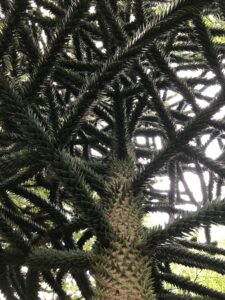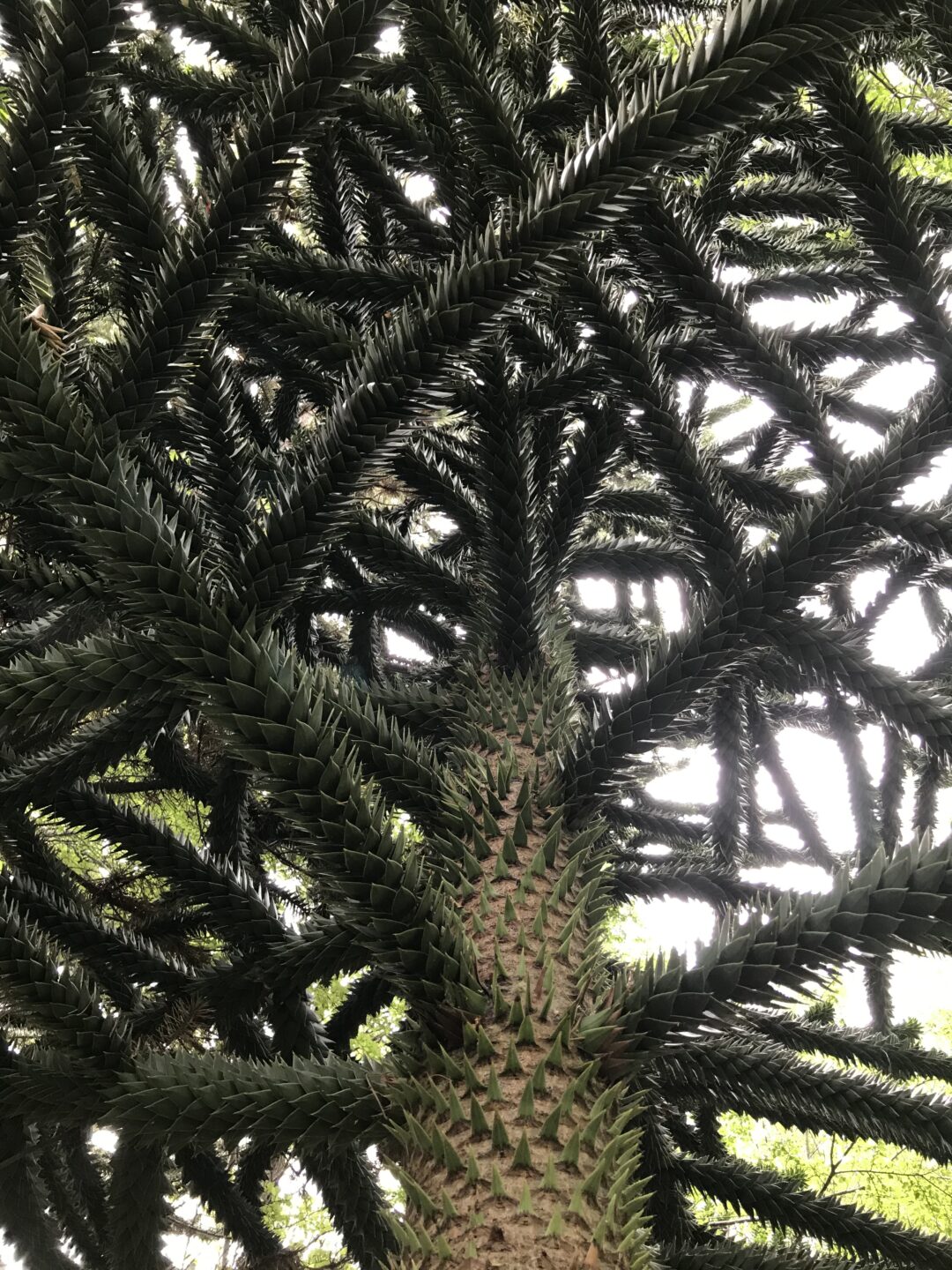Chilean Ecology
After an ecstatic reunion with their peers (plus beds and toilets!) and a long bus ride from Cochrane back to Base at Lago Atravesado, Semester Sixteen students have been enthusiastically sharing stories about their experiences backpacking through Patagonia National Park and exploring the Rio Baker by boat.
In each location, students experienced diverse ecosystems and unique landscapes that only Patagonia can offer. Patagonia is geographically isolated, segregated from other like biomes by mountains to the east, southern seas and glaciers, Pacific fjords to the west and the Atacama Desert in the north of Chile. Due to this geographic isolation, the genetic make-up of the region manifests via numerous endemic species, meaning plants and animals that exist only in a particular, restricted area.

Patagonia is a transition zone between the northern arid steppe and temperate southern beech forests, and encompasses a variety of ecosystems, such as grasslands, riparian forests, and wetlands that provide a foundation for rich species biodiversity. Some notable species endemic to the Patagonian region include the guanaco, Patagonian Puma, Andean condor, huemule, foxes, kingfishers, perca, and pejerrey. The endangered huemule, emblematic as part of Chile’s coat of arms, roam Patagonia National Park, where resources are abundant compared to the surrounding grazelands. A number of native and endemic species are experiencing population decline due to a variety of external factors, such as climate change and invasive species.
Historically, endemic species such as those listed above thrived throughout Patagonia. For instance, the Araucaria tree (also known as “The Monkey Puzzle Tree”), a hardy conifer, was not only regarded spiritually, but also utilized by the Mapuche People, a regional indigenous group, as a staple food source, firewood, and medicine.

In 1908, British explorer Lucas Bridgers established ranchland in the region. Then, in the 1930s-1940s European settlers planted North American tree species for logging purposes. North American tree species were planted in Patagonian tree farms, harvested and shipped along the pacific coast to Puerto Montt. Of the tree species that were planted, pines grew well in the environment and established a widespread range, outcompeting native tree species. Douglas fir trees are said to grow faster in Patagonia than in any other region on the planet and, along with the lodgepole pine, is of the most invasive tree species in Patagonia. Some parks have taken on invasive tree removal projects to combat this trend; a local researcher estimates that without such removal efforts the region could be only pine trees within the next 100 years!
At present, the population of Araucaria is declining. Unsurprisingly, invasive species abound – from introduced salmonid fish stock and pastoral animals, such as sheep and cow, to trees and algae species, invasives are outcompeting endemic plants and animals. Maintaining a high level of biodiversity is regarded by many as a protective factor for climate change because a rich gene pool allows for adaptations to occur in the face of rapid regional change. Thus, invasive species and the associated biodiversity loss is a great threat to the Patagonia region.
At Alzar School, we count ourselves lucky to experience the natural wonders of Patagonia Park and are grateful for the conservation efforts that provide rich habitat for some of the novel creatures we have come to know and love during our explorations.

About the author: Rachel Ackerman is a Science Teacher and a Blog Coordinator at Alzar School. Feel free to contact her at rackerman@alzarschool.org with comments, concerns, and interesting topics for future blog posts!

